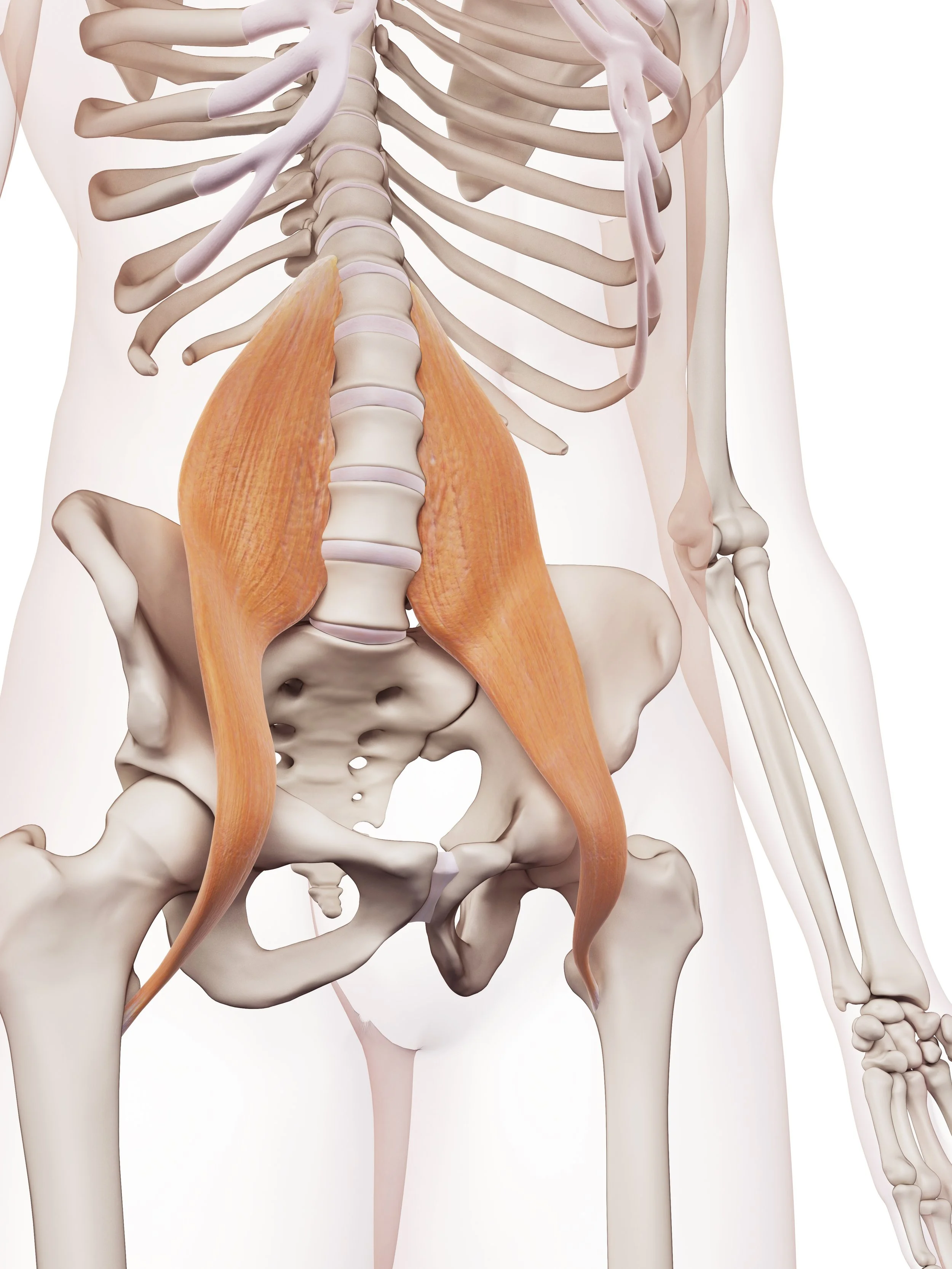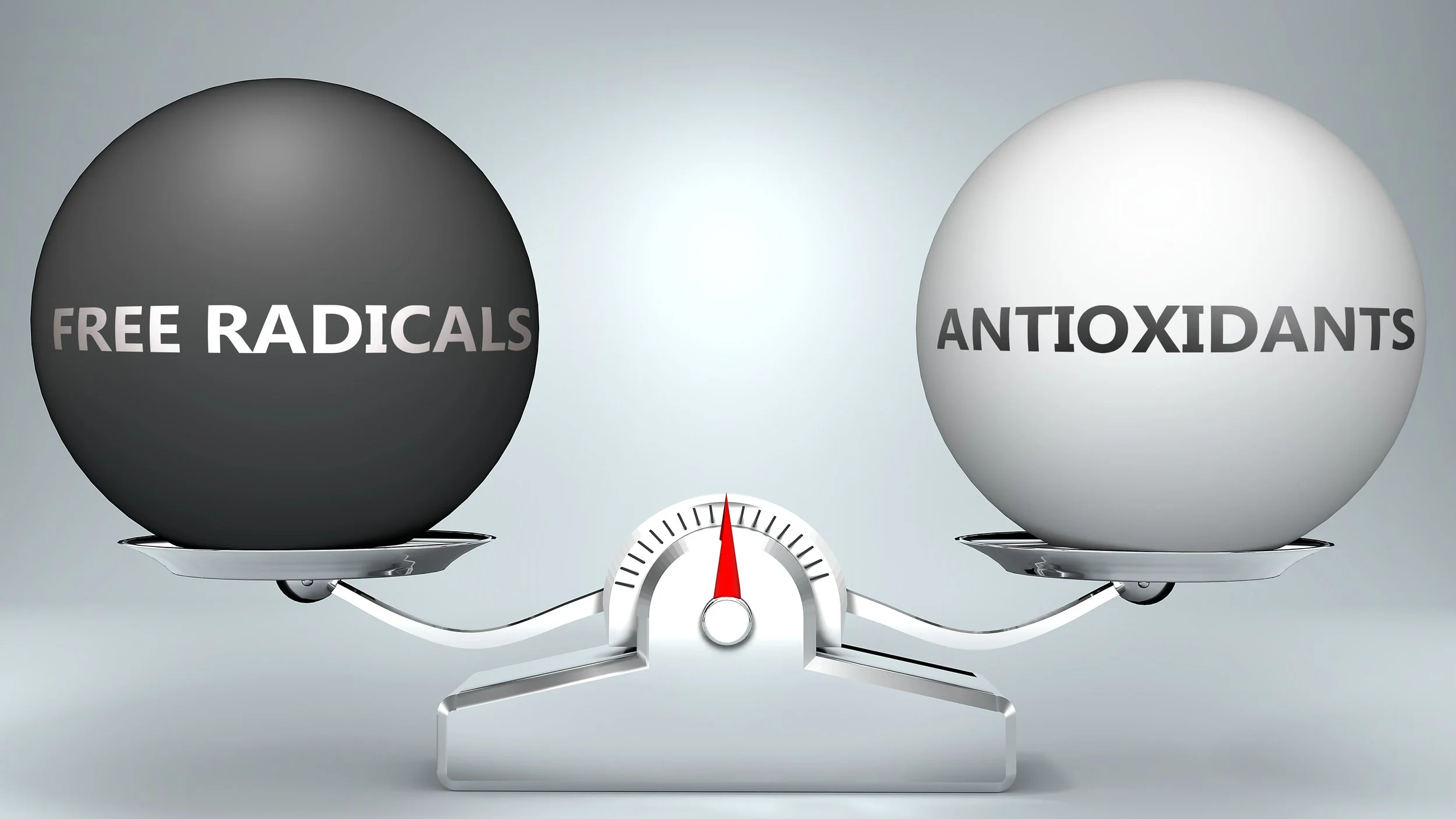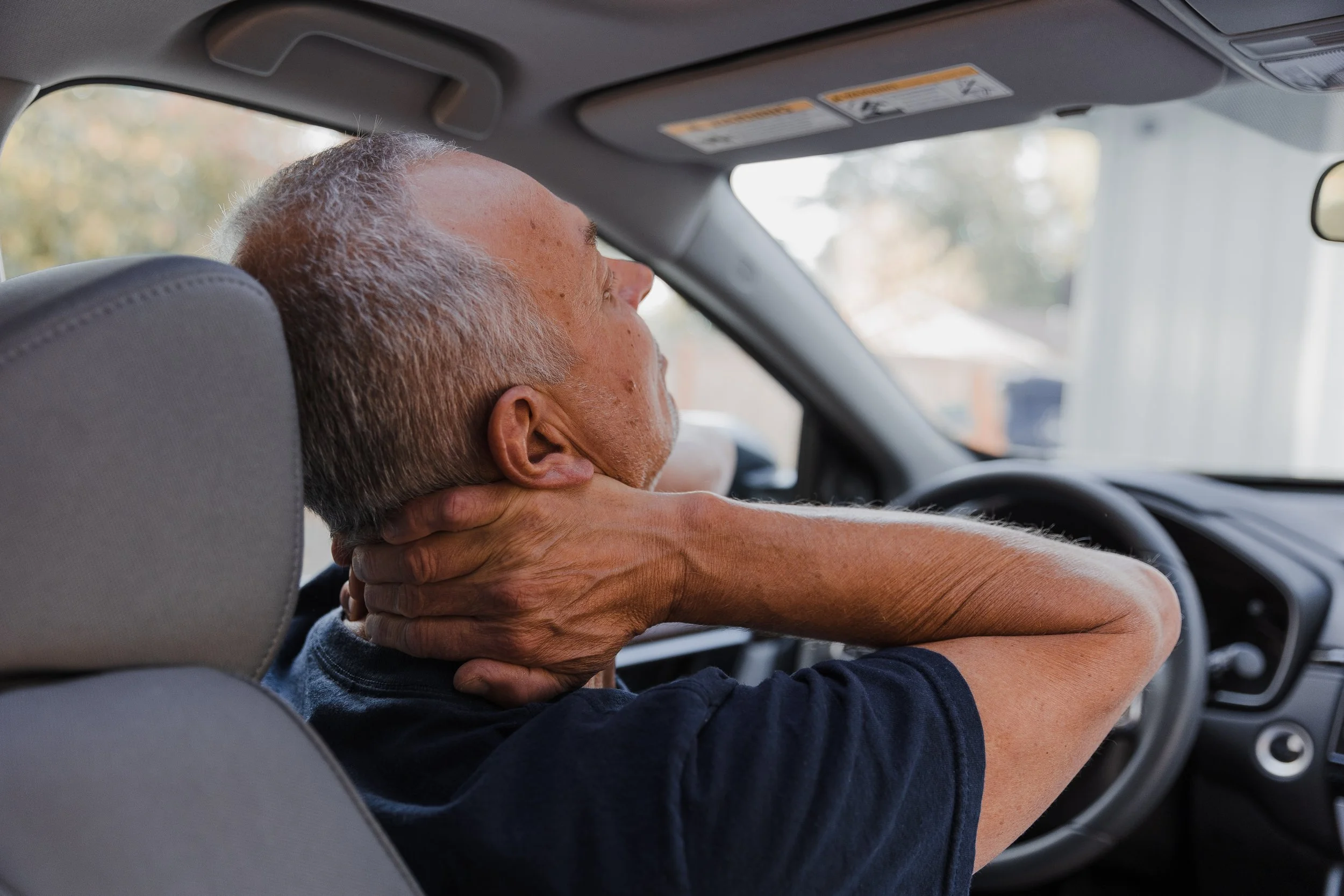https://www.ncbi.nlm.nih.gov/pubmed/31835510
There is a raging debate going on worldwide around our dinner table about where our food should come from. The debate primarily centers around the consumption of animal products and its purported implications with ethical and environmental considerations. This is a heated debate with many facts being tossed around and from the digging I have done over the past 5 + years, with many facts that do not pass the test of scientific scrutiny.
The purpose of this blog is NOT to engage in the debate, which would take thousands of pages, but to highlight a concern that I am more frequently coming in to contact with in my daily practice. Many youngster are opting for a diet devoid of any animal products, and many of these youngsters also happen to be athletes. Their assumption is that they will meet their athletic protein requirements, both in quantity and amino acid quality, from their dietary choice.
Depending upon which source you pick, the daily requirement for an active athlete varies from 1.8 to 3 grams of protein per kilogram of body weight. You don’t even need to be an athlete to at times need a higher protein intake (elderly at risk of muscle loss, obese patients with metabolic syndrome, etc.). Meeting that protein quantity need with a strict plant based diet can be very difficult, and require someone to ingest a very large amount of calories since all plant based proteins contain a fair amount of carbs and/or fats along with the protein. Moreover, the protein quality score and digestibility score of plant based protein (the DIAAS scale, revised in 2013 and the gold standard since), is showing that the highest DIAAS vegan food score is still lower that the lowest animal DIAAS score. Thus getting the right mix of amino acids for muscle and soft tissue building is also limited by the source of protein.
There is an argument that you can still meet the target for protein quantity and amino acid mix by supplementing a strict plant based diet with higher amounts of fractionated/isolated protein such as pea/rice powder. That is thankfully true since a lot of people will still opt in for a vegan diet for personal reasons, however you then need to consider three implications:
These protein powders are no longer a “whole food”. Their manufacturing require some degree of chemical altering and sometimes quite a bit.
Isolating the protein portion of a plant food also eliminates some of the beneficial nutrient of the plants (fiber and some of the vitamins). It creates a secondary waste byproduct of the non-protein portion of the plant that has to be dealt with.
The manufacturing of a protein powder is an energy intensive process, which can negate the whole idea of a low carbon and low energy foot print of the plant.
The idea is not to force anyone to change a deeply held personal belief about how they eat, but to consider all of the implications of the choices that you make. My main concern is to make sure that our youngsters do not put themselves at risk of athletic injuries because of protein quantity/quality deficiency. They can achieve that by mixing and matching animal and plant protein sources, or supplement a strict plant based diet with a robust amount of protein isolates.






